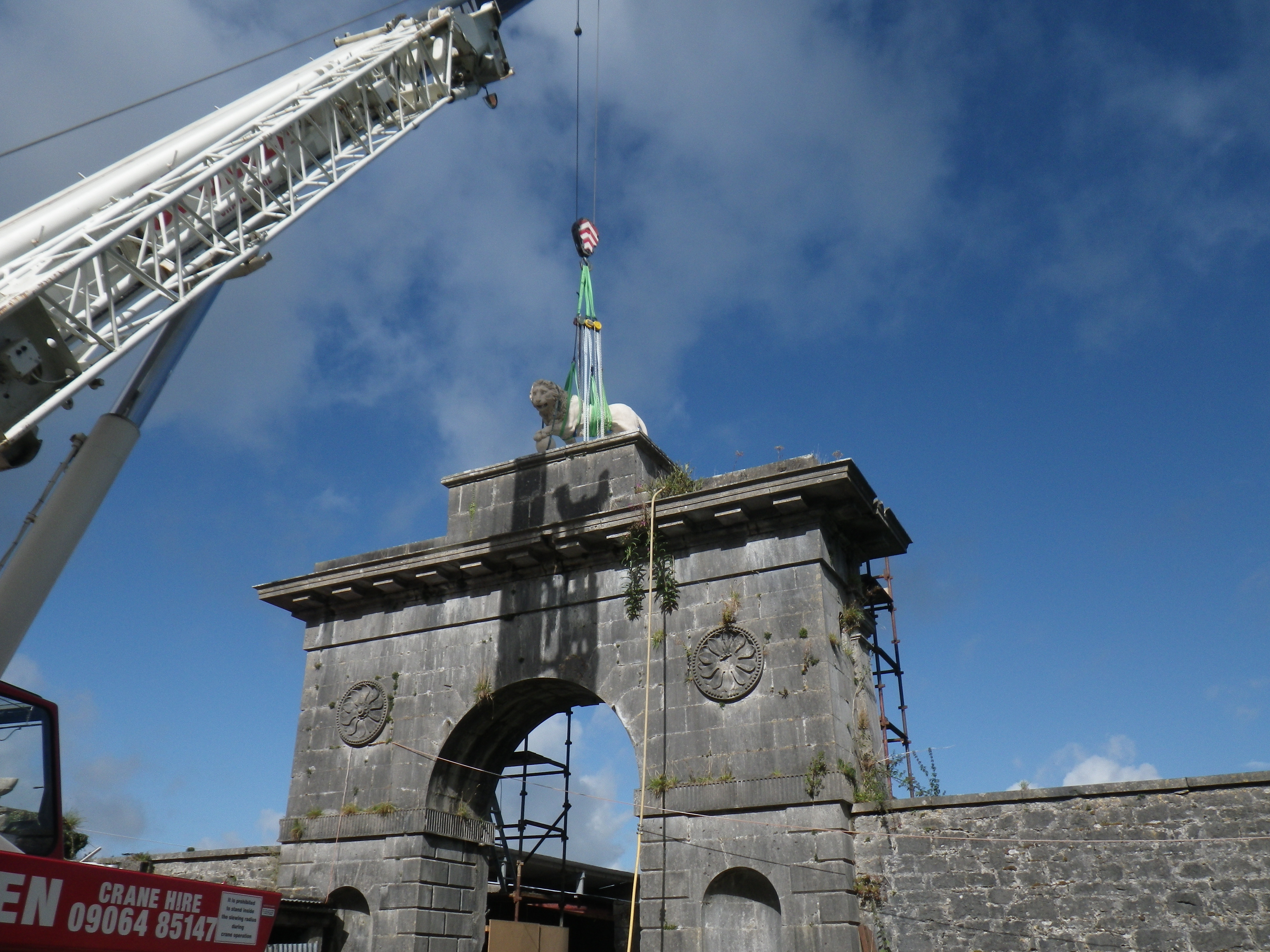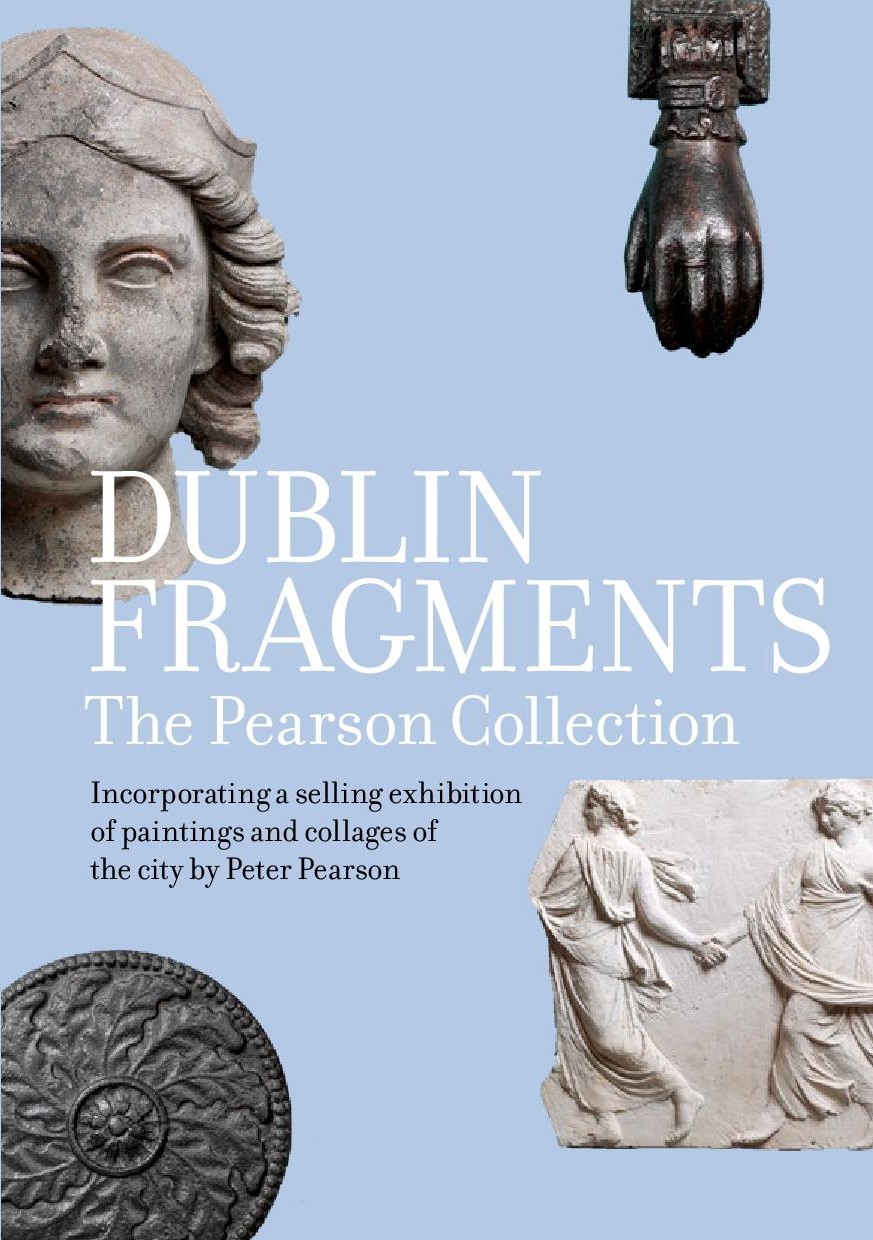City Assembly House COVID-19 Policy
10.08.2020
Posted by IGS

Based on current guidelines, the City Assembly House exhibitions will reopen on Tuesday 1 December. Viewing is by appointment at bookshop.
The offices will reopen but some staff will continue to work remotely, so you are advised to email the appropriate staff member with your query.
When implementing Health & safety measures in response to COVID-19 throughout the City Assembly House, our priority is the wellbeing of our guests and our staff.
The City Assembly House (CAH) has always had and will continue to have the health & safety of our visitors and staff as a daily priority, however further control measures have been implemented to control and prevent the spread of COVID-19 in line with Government and HSA guidelines. Our staff are committed to implementing these measures according to governmental bodies’ advice which we will continue to monitor, review and act on.
Measures we have undertaken at the City Assembly House:
· All our staff have received COVID-19 health and safety training
· Face coverings are mandatory inside the building
· Hand sanitisation stations are available at the entrance to the building and the entrance to the Knight of Glin Exhibition Room
· We will be managing visitor numbers in line with public health and safety guidelines
· For all events, bookings must be made in advance either online or by phone (this includes Culture Night and Open House Dublin), to facilitate social distancing and contact tracing
· During events a one way system will be in operation, visitors will enter through the main entrance and exit through the side door leading onto Coppinger Row (accessible through the emergency exit door in the Knight of Glin Exhibition Room)
· Bathrooms are closed to the public, except during events
· Our cleaning and sanitisation procedures in the building have been increased
· Food and drink cannot be consumed on the premises
· The bookshop is closed for browsing, as physical distancing is not possible. Purchases can be made via contactless card or through a 'click and collect' service for purchases made online via shop.igs.ie or by phone (01 6798675)
· For external events, the event organiser has been briefed on the above measures, as well as our Health and Safety procedures
PPE (Personal Protective Equipment)
- The wearing of masks is mandatory indoors.
- Disposable masks and gloves are available for staff and visitors from the bookshop.
- Please dispose of used PPE in the bins provided and wash your hands after removal.
Hygiene and Sanitising
- All surfaces including door handles, banisters and table surfaces will be santised by staff at regular intervals throughout the day
- Soap is provided in all bathrooms for washing your hands.
- Hand sanitiser is provided in the entrance hall, bookshop, at entrance to exhibition room.
Social Distancing
- There is floor vinyl throughout the ground floor and exhibition room, indicating the 2 metre distance recommended for social distancing.
- Please maintain a 2 metre distance from staff and volunteers and respect their personal space. Avoid all physical contact, such as handshakes, etc.
- For lectures and performance events, chairs will be spaced out at 2 metres.
City Assembly House Entrance
- Hand sanitiser is available at entrance
- Floor vinyl indicates 2m distance recommended for social distancing
- Queuing system in operation for admittance to building, indicated by tape on steps
- Sandwich board signage, indicates measures being taken within CAH
Bookshop
- The bookshop is not accessible for browsing, a ‘click and collect’ service for online shop and phone orders is in operation.
- Protective screen has been placed at entrance to shop and contactless payment is preferred.
Knight of Glin Exhibition Room
- Hand sanitiser is available at entrance
- Doors to exhibition room are propped open for entry, this is the entrance only for guests and not the exit
- Exiting the exhibition room is through the fire exit staircase onto Coppinger Row. This door will be clearly marked as 'Exit Only'
- Vinyl stickers are placed on floor around room indicating 2m distance
Isolation Room
If you feel unwell or present COVID-19 symptoms, a designated isolation room is available on the ground floor opposite the bookshop. This is indicated by a sign on the door.
COVID-19 Symptoms
- a fever (high temperature - 38 degrees Celsius or above)
- a cough - this can be any kind of cough, not just dry
- shortness of breath or breathing difficulties
- loss or change to your sense of smell or taste – this means you've noticed you cannot smell or taste anything, or things smell or taste different to normal Visit HSE for detailed list: https://www2.hse.ie/conditions/coronavirus/symptoms.html
If you begin to feel unwell:
- If you are experiencing any symptoms or feel unwell, please ring the office on 01 679 8675 or alert the bookshop, where a member of our COVID-19 response team will advise you on our procedures.
- Contact your doctor or medical professional by phone for advice on next steps to be taken in line with HSE and/or government advice available at the time.
Office and Events queries
There is a limited number of staff now working in the office; some staff will continue to work remotely for the foreseeable. City Assembly House and office appointments and meetings are to be made in advance by contacting cityassemblyhouse@igs.ie or by calling 01 679 8675
Updated 23 October 2020







